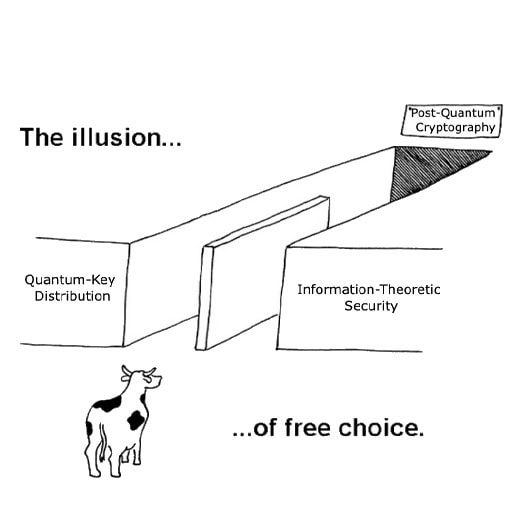Regulatory fragmentation has become one of the most pressing yet overlooked concerns for global organisations, particularly as governments introduce differing cybersecurity laws. The issue lies not in the creation per se, but in the fact that these rules and regulations are developed in silos. Every country has its own perspective, shaped by the nation’s needs and interests, political priorities, and security concerns, resulting in a patchwork of regulations that companies must comply with. For businesses operating across borders, this complexity in governance and compliance carries real-world consequences that affect every aspect of the organisation.
In 2018, the European Union implemented the General Data Protection Regulation (GDPR), setting a global benchmark that influenced data protection policies across the Asia Pacific and Japan region. Australia has strengthened its Privacy Act, with proposals that include stronger protections for overseas disclosures of personal information, provisions to facilitate information sharing in emergency situations or following eligible data breaches, and tougher penalties. Singapore has amended its Personal Data Protection Act (PDPA), introducing a mandatory breach notification requirement for organisations. New Zealand also updated its Privacy Act, extending its scope to overseas businesses and requiring organisations to report data breaches. While each of these frameworks aims to protect personal data and information, its difference in scope and enforcement force businesses to implement fragmented processes and duplicate efforts at a significant cost.
The implications become more obvious in times of crisis. In Australia, Optus and Medibank both suffered large-scale breaches in 2022, triggering intense regulatory and political scrutiny. These incidents highlighted not just the direct risks of non-compliance, but also the reputational and operational fallout when customers lose faith in how their data is handled. Meanwhile in China, compliance challenges have already led some international firms to rethink their strategies, as the operational burden of meeting localisation rules outweighs the benefits of staying in the market. The reality is that a breach or misstep in compliance often draws attention from multiple regulators at once, increasing both complexity and exposure.
Beyond penalties, the impact of regulatory fragmentation is felt in day-to-day operations. Legal and compliance teams are stretched thin as they interpret overlapping rules, sometimes with conflicting requirements. Cybersecurity strategies that appear watertight in one region may fall short in another. Initiatives like cloud adoption, which is crucial for digital transformation, are delayed or reshaped because of restrictions on where and how data can be stored, slowing down innovation and frustrating business ambitions.
Customers and partners are also paying attention. Trust is increasingly tied to how well an organisation manages data. A company that struggles to demonstrate compliance risks reputational damage that no financial penalty can fully measure. In markets such as Australia, where public sentiment following recent breaches has shifted sharply, credibility and transparency are now just as valuable as technology itself.
Faced with these realities, companies are seeking pragmatic ways to cope. One strategy is to adopt the strictest standard as a baseline, applying it globally regardless of jurisdiction. For many, this means adopting GDPR-like practices even when local laws are less demanding. Another is to invest in governance frameworks, combining central oversight with regional compliance officers who can interpret local nuances.
Preparedness is another critical piece. Many organisations in Australia and the wider APJ region are now running cross-border incident response simulations, stress-testing their ability to meet different notification windows while navigating country-specific approval processes. These exercises reveal bottlenecks and force decision-making under pressure, making real-world responses faster and more effective. At the same time, engaging with regulators has become an important tactic. By participating in industry groups or consulting with authorities, businesses can anticipate regulatory changes and contribute to discussions on harmonisation.
The uncomfortable truth is that regulatory fragmentation is unlikely to disappear. With different nations prioritising their own values and interests, a unified regional or global framework remains a distant prospect. However, organisations that treat compliance as a strategic function can turn this challenge into an advantage. Embedding privacy by design into products, maintaining resilient operations, and being transparent with stakeholders all help to strengthen trust. Navigating fragmented regulations requires more than legal expertise. It demands foresight, adaptability, and a willingness to see compliance as part of the organisation’s identity rather than an external imposition. Those who succeed will not only avoid fines but will stand apart as trustworthy players in a digital economy that increasingly values security and accountability.









